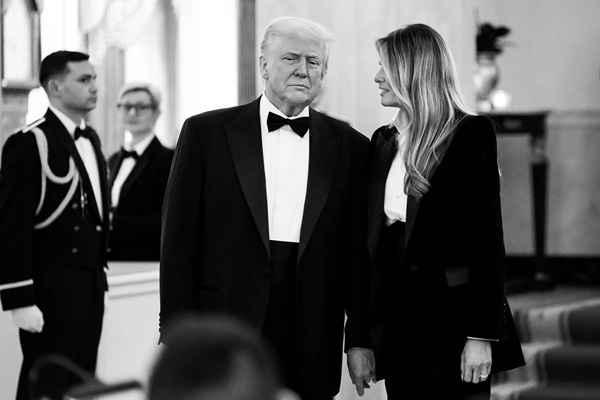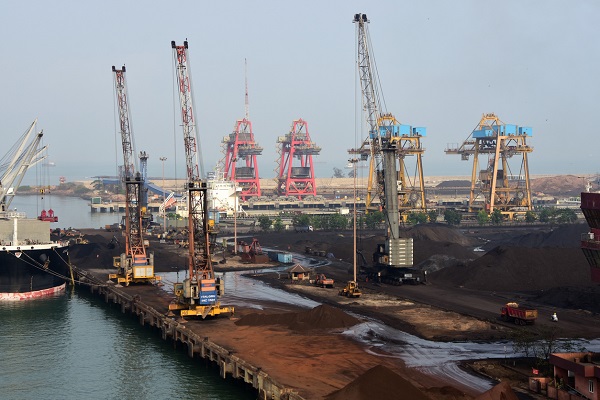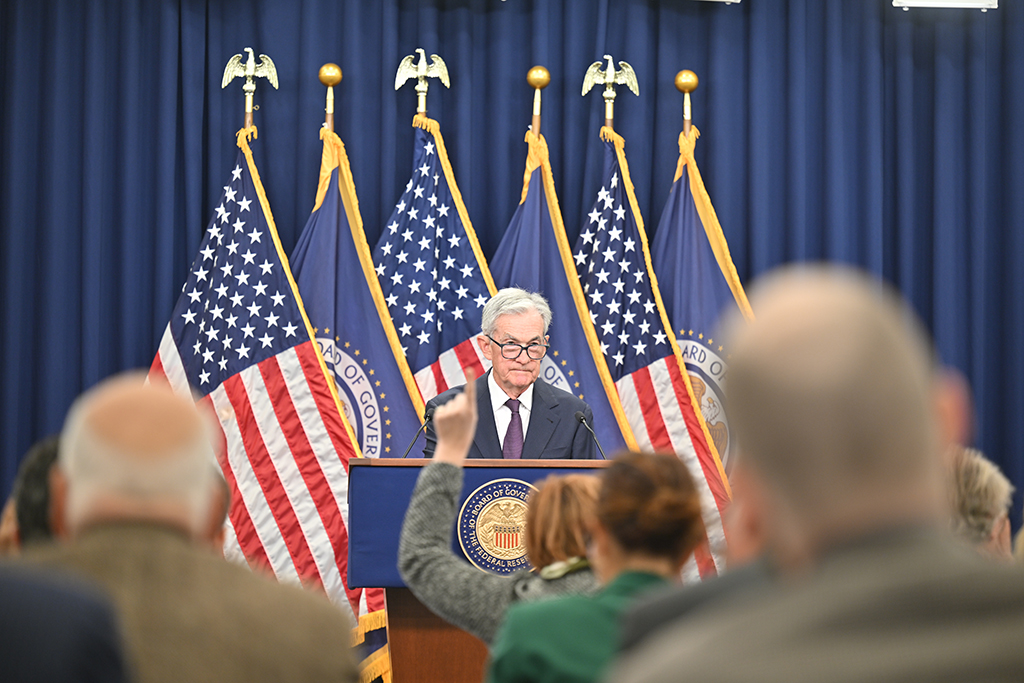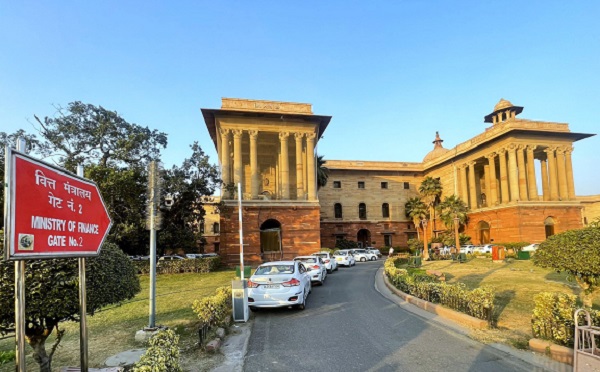.png)

Nancy Qian, Professor of Economics at Northwestern University, is Co-Director of Northwestern University’s Global Poverty Research Lab.
April 8, 2025 at 3:18 AM IST
The world is reeling from US President Donald Trump’s “Liberation Day,” when he announced the highest US tariffs in more than a century. The United States is hiking taxes on imports from almost every country in the world. Shoes made in Bangladesh and sold to American wholesalers for $20 will now cost at least $27. A machine part that General Motors imports from Europe for $200 will now cost at least $240. The White House’s new, supposedly “reciprocal" tariff increases range from 11% for the Democratic Republic of the Congo (DRC) to 50% for Saint Pierre and Miquelon and Lesotho. For the European Union and China, which already faced US tariffs, the rate is rising by an additional 20% and 34%, respectively. In the immediate aftermath, global markets have plunged, triggering fears of a global recession.
The Trump administration says that the tariffs are part of a plan for bringing manufacturing jobs and production back to the US, and to balance US trade, which is currently in deficit. While economists and policymakers have mixed feelings about whether, and when, trade deficits actually matter, it is worth noting that the US deficit, which has persisted since 1976, did grow at a faster rate after the North American Free Trade Agreement in 1994.
But the White House’s explanation of how it set the new tariff rates was based on unfounded premises and wrong assumptions. First, it simply assumes that all trade deficits are due to unfair trade practices. If Canada sells more to the US than the US sells to Canada, the Canadians must be “ripping off” Americans. But this premise ignores natural economic forces. While US policymakers have accused China of devaluing its currency and subsidizing its exporters, and the EU of using regulation as a non-tariff barrier, trade deficits can also arise from comparative advantage and multilateral relationships.
For example, the US buys raw materials and critical metals from the DRC, but the DRC buys cheap manufactured goods from India, because it cannot afford the higher-quality, relatively more expensive US-made products. These trade flows imply a bilateral deficit for the US vis-à-vis the DRC, even in the absence of any unfair practices. Switzerland has almost no tariffs, but the Trump administration will now impose a 32% tariff on its exports to the US.
Similarly, the White House assumes that every bilateral trade deficit should be zero, which makes no sense in a multilateral global economy. If Canada sells timber to the US, and the US sells services to Europe, and Europe sells machines to Canada, each bilateral trade relationship will exhibit an imbalance, despite perfectly fair, mutually beneficial rules and practices.
Making matters worse, the White House’s tariff formula assumes that factors like exchange rates and US exports to other countries will not change after the tariffs take effect. This would have been a reasonable supposition only if the US had imposed limited, targeted tariffs on select countries. Instead, the White House rolled out sweeping, massive, indiscriminate tariffs, and the US dollar duly suffered a record-breaking loss of value relative to other currencies.
The administration also seemed to assume that other countries would not impose retaliatory tariffs, even though they obviously must do so, if only for domestic political reasons. The EU, Canada, and China have already announced countermeasures, and others are likely to follow. The result will be a reduction in US exports.
Yet another faulty assumption is that tariffs are mostly paid for by foreign exporters. The White House claims that Americans will shoulder only 25% of the additional costs. But the well-known study used to justify this number actually finds that, in the trade war with China during the first Trump administration, Americans paid for almost 100% of the tariff hikes. So, even by the White House’s own formula, tariffs should be one-fourth of what was announced. In fact, nearly all of the economic researchers cited by the White House have said that their work has been misrepresented.
The introduction of such a radically disruptive policy using made-up numbers and no cogent economic rationale has pulled the US and global economy into uncharted territory.
For the Trump administration, the key question is whether manufacturing jobs and production will return to America. When the Reagan administration targeted Japanese autos in the 1980s, it did succeed in getting Japanese carmakers to move some production to the US. But the current tariffs are unlikely to help Americans. Manufacturing, which is much more automated now than it was in the 1980s, requires fewer workers. And since the current tariffs have been applied to the entire world, they can motivate other countries to deepen their own trading relationships and weaken the US’ bargaining position.
Trump’s “Liberation Day” tariffs have undermined America’s biggest advantage. The US may be the world’s largest economy, but it is only 26% of the global economy. It cannot win if the rest of the world is united against it.
© Project Syndicate 1995–2025




